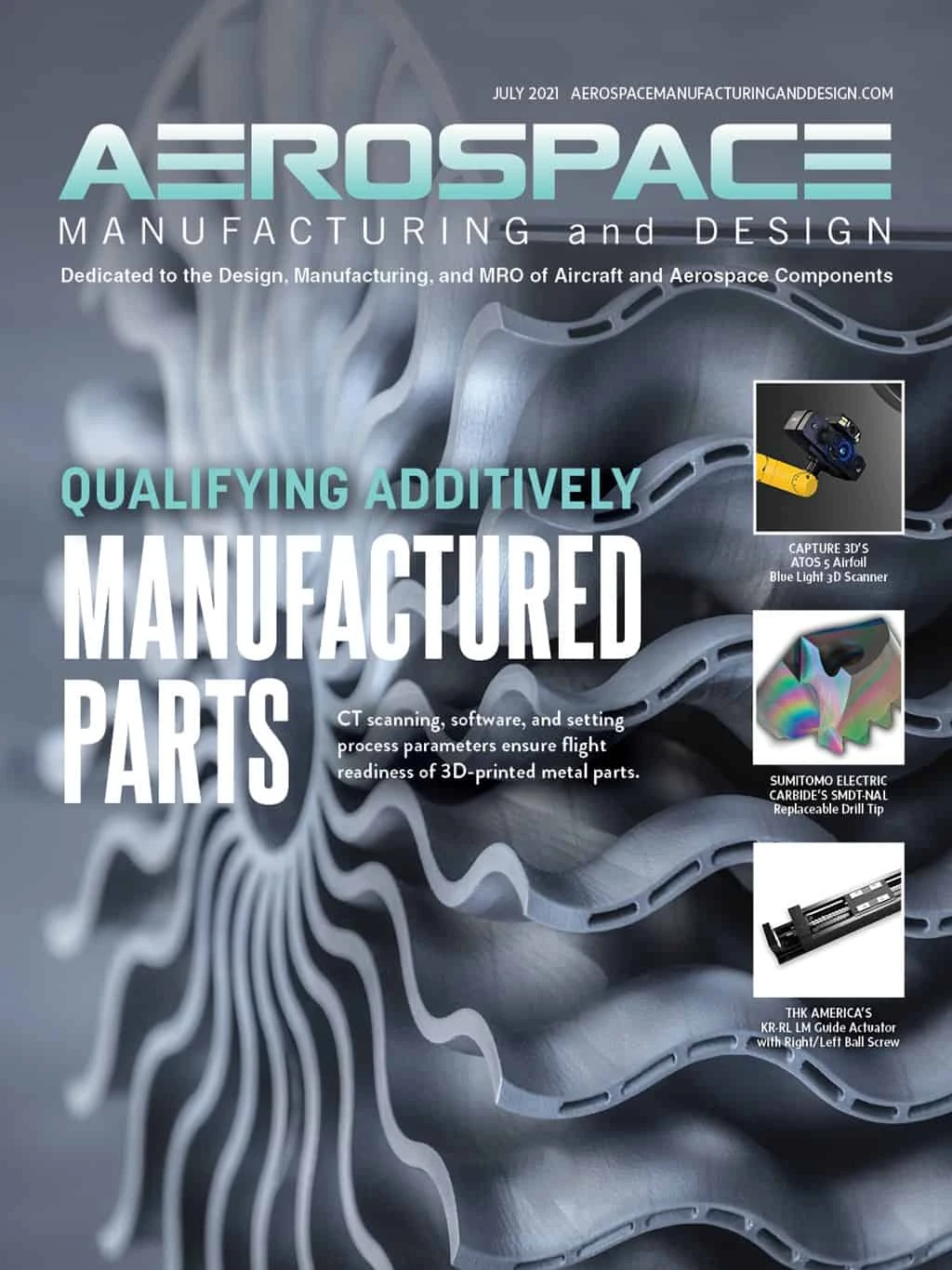
University of Central Florida (UCF) researchers are building on their technology that could pave the way for hypersonic flight, enabling travel from New York to Los Angeles in less than 30 minutes.
In their latest research published in the journal Proceedings of the National Academy of Sciences, the researchers discovered a way to stabilize the detonation needed for hypersonic propulsion by creating a special hypersonic reaction chamber for jet engines.
Study co-author Kareem Ahmed, an associate professor in UCF’s Department of Mechanical and Aerospace Engineering, says, “The discovery of stabilizing a detonation – the most powerful form of intense reaction and energy release – has the potential to revolutionize hypersonic propulsion and energy systems.”
The system could allow for air travel at speeds of Mach 6 to 17 (more than 4,600mph to 13,000mph). The technology harnesses the power of an oblique detonation wave, formed by using an angled ramp inside the reaction chamber to create a detonation-inducing shock wave for propulsion.
Unlike rotating detonation waves that spin, oblique detonation waves are stationary and stabilized.
The technology improves jet propulsion engine efficiency so more power is generated while using less fuel than traditional propulsion engines, lightening the fuel load and reducing costs and emissions.
The technology could also be used in rockets for space missions, requiring less fuel so they are lighter, can travel farther, and burn more cleanly.
Detonation propulsion systems have been studied for more than half a century but have been unsuccessful due to the chemical propellants. Previous work by Ahmed’s group overcame this problem by carefully balancing the rate of hydrogen and oxygen released into the engine to create the first experimental evidence of a rotating detonation.
However, the detonation’s short duration, often occurring for only microseconds, makes them difficult to study.
In the new study, UCF researchers sustained the duration of a detonation wave for three seconds by creating a new hypersonic reaction chamber, known as a hypersonic high-enthalpy reaction, or HyperREACT, facility. The chamber has a 30° angle ramp near the propellant mixing chamber that stabilizes the oblique detonation wave.
“This is the first time a detonation has been shown to be stabilized experimentally,” Ahmed says. “We are finally able to hold the detonation in space in oblique detonation form. It’s almost like freezing an intense explosion in physical space.”
The next research steps include adding new diagnostics and measurement tools to gain a deeper understanding of the phenomena they are studying.
Funding Energy Combustion and Non-Equilibrium Thermodynamics Portfolio of the Air Force Office of Scientific Research in detonation, the National Science Foundation, and the NASA Florida Space Grant Consortium.
Publication https://www.pnas.org/content/118/20/e2102244118 “Stabilized detonation for hypersonic propulsion”

Explore the July 2021 Issue
Check out more from this issue and find your next story to read.
Latest from Aerospace Manufacturing and Design
- AAMI project call submission deadline extended to May 12
- Jergens launches cast iron tooling column additions
- Airbus to acquire assets relating to its aircraft production from Spirit AeroSystems
- FANUC America's Cobot and Go web tool
- Chicago Innovation Days 2025: Shaping the future of manufacturing
- High-density DC/DC converters for mission-critical applications
- #59 - Manufacturing Matters: Additive manufacturing trends, innovations
- ACE at 150: A legacy of innovation and industry leadership





